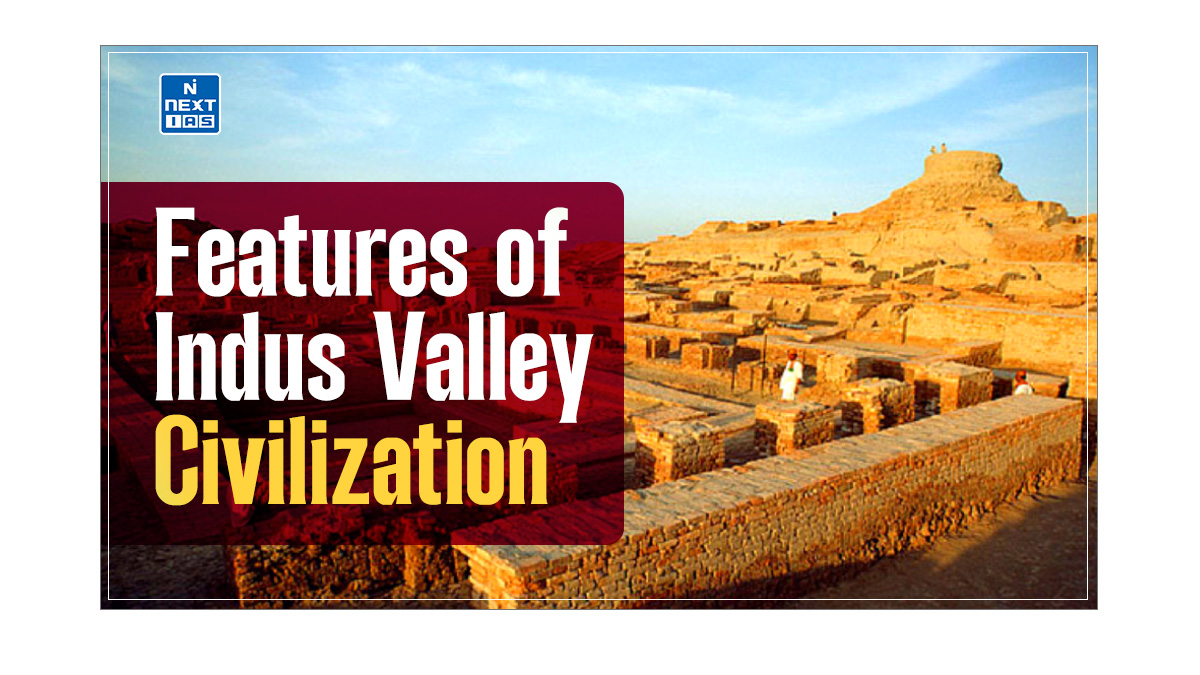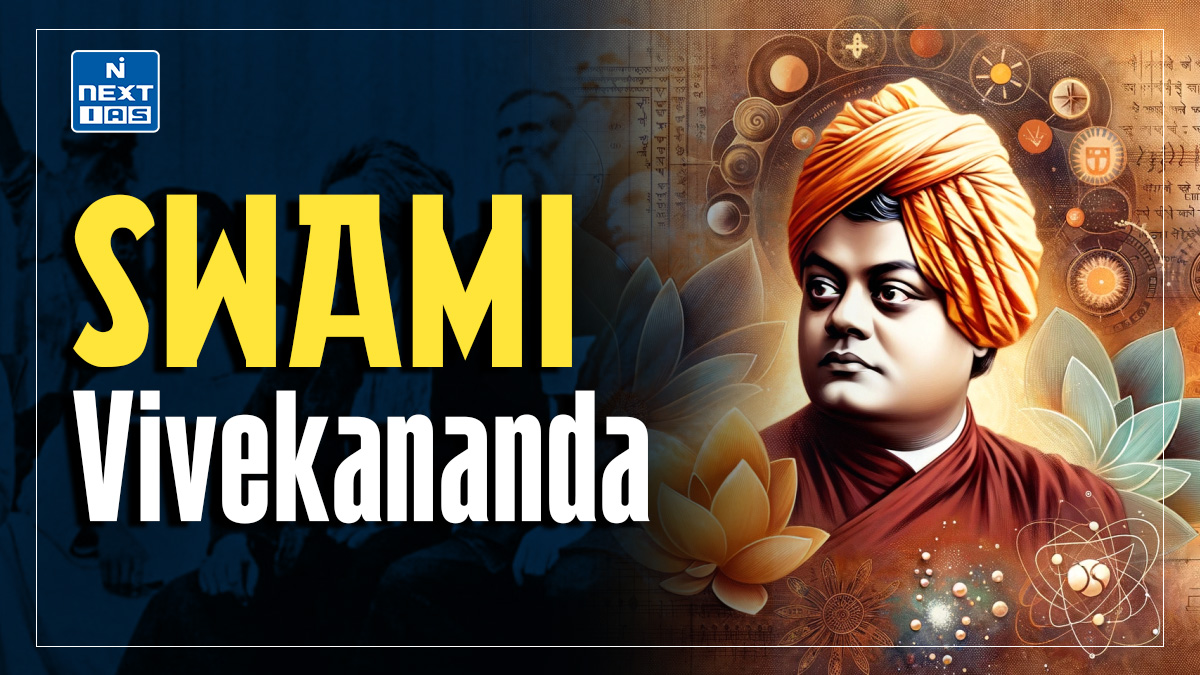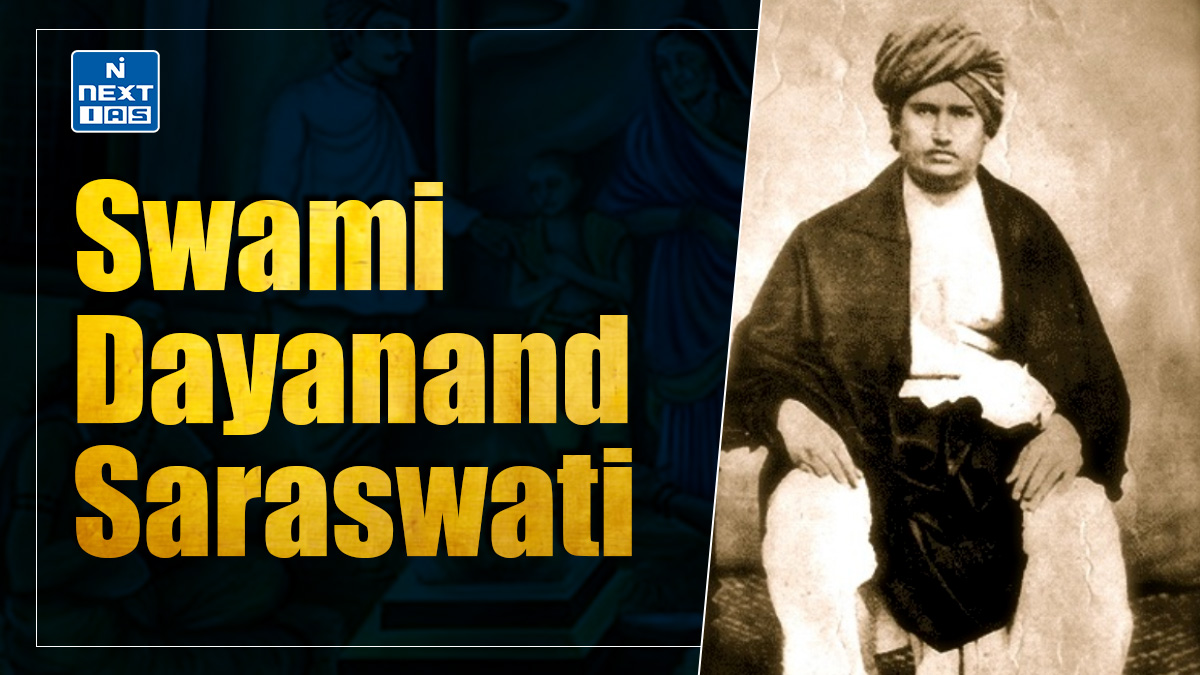
The Post Mauryan age was marked by the rule of several regional Indian dynasties, particularly in Northern India and the Deccan. This era was significant for its cultural and political consolidation, fostering trade, art, and the spread of major religions. This article aims to study in detail the contributions and developments under these Indian dynasties in the post Mauryan period, with a focus on their impact in the Deccan region.
About Post Mauryan Period
- The post Mauryan period refers to the period from approximately 200 BC to 300 AD, from the fall of the Mauryan dynasty to the rise of Gupta power.
- The post Mauryan period did not witness any large empire but is known for political contacts between Central Asia and India.
- In Eastern India, Central India and Deccan, the post Mauryan period was succeeded by several native rulers such as the Shungas, the Kanvas and the Satavahanas.
- In North-Western India, the post Mauryan period was succeeded by several ruling dynasties from Central Asia, the Kushanas becoming the most prominent.
- Also, the post Mauryan period saw the rise of several significant Indian dynasties that ruled various parts of the Indian subcontinent after the decline of the Mauryan Empire.
Read our detailed article on the Post Mauryan Period: Central Asian Dynasties.
The Indian dynasties of the post Mauryan period, such as the Shunga Dynasty, Kanva Dynasty, Chedi Dynasty, and Satavahana Dynasty, have been discussed in detail in the following section.
Shunga Dynasty
- Pushyamitra Shunga was the army chief of Brihadratha and the last Mauryan ruler.
- He killed Brihadratha and established the Shunga dynasty. Some scholars believe this was a Brahamanical reaction to the Mauryas’ overwhelming patronage of Buddhism.
- He was succeeded by Agnimitra, the hero of Kalidasa’s Malavikagnimitram.

- The capital was Pataliputra. The Shungas, who ruled for about 100 years, included in their kingdom Pataliputra (Magadha), Ayodhya, and Vidisha (eastern Malwa) and possibly reached Shakala (Punjab).
- Pushyamitra Shunga performed two Ashwameda sacrifices.
Religion of Shunga Dynasty
- The Shunga dynasty patronised Brahaminism. Some scholars suggest that Pushyamitra Shunga persecuted Buddhist followers and destroyed stupas.
- However, these are not substantiated. Agnimitra is said to have constructed two stupas at Sanchi.
- Buddhist stupas at Bharhut and Sanchi were renovated.
- Also, the sculpture relating to Jataka stories around it existed during the same period.
Society of Shunga Dynasty
- The emergence of Hinduism had a wide impact. The Shungas attempted to revive the caste system with the social supremacy of the Brahmins.
- This is more than evident in Manu’s work (Manusmriti), wherein he reassures the Brahmins about their position in the fourfold society.
- Even then, the most significant development of the Shunga era was marked by various adjustments and adaptations leading to the emergence of mixed castes and the assimilation of foreigners into Indian society.
- Thus, we notice that Brahminism gradually transformed itself in a direction favouring Hinduism.
Literature of Shunga Dynasty
- In the field of literature, Sanskrit gradually gained ascendancy and became the court’s language.
- Patanjali was patronised by Pushyamitra Shunga, and he was the second great grammarian of Sanskrit.
- Patanjali refers to a Sanskrit poet, Varauchi, who wrote in the Kavya style, which Kalidasa later perfected.
- Some Buddhist works of this age were written in Sanskrit. Notably, Patanjali’s Yoga Sutras and Mahabhasya were composed during this period.

Art and Architecture of Shunga Dynasty
- In the field of art, there was an immediate reaction against the Buddhist era of the Mauryas.
- Stone replaced wood in the railings and gateways of Buddhist stupas, as noticed at Bharhut and Sanchi. The Bharhut stupa has sculptures, including floral designs, animal figures, Yakshas, and human figures.
- Even the stone railing around the Sanchi Stupa is richly carved in relief. This age witnessed the increasing use of symbols and human figures in architecture.
- The artisans of Vidisha constructed part of the gateway of Sanchi. Temple building also began in this period.
- A Vishnu temple was built near Vidisha. As the Chaitya Hall noticed, the construction of rock-cut temples increased.
Importance of Shunga Dynasty
- Hinduism was revived under the Shunga dynasty. They defended the Gangetic Valley from foreign invasions.
- It was, in a way, a glorious anticipation of Gupta rule’s magnificence.
Kanva Dynasty
- The Kanva Dynasty was established by Vasudev Kanva after killing the last Shunga king, Devabhuti.
- The dynasty claims descent from the sage Rishi Kanva and is known for its brief rule with only four rulers documented.
Administration of Kanva Dynasty
- The Kanvas retained Pataliputra as their capital, continuing the administrative practices of their predecessors.
- During their rule, the region’s political landscape was fragmented, with the Punjab under Greek control and the Gangetic region divided among various local rulers.
- The dynasty’s administrative structure was similar to that of the Shungas, maintaining stability in governance.
Religion of Kanva Dynasty
- The Kanva rulers were Brahmins and upheld Hinduism, reflecting their commitment to Brahmanical traditions.
- They supported Hindu religious practices and rituals, continuing the religious policies of their predecessors.
- Temples and religious institutions likely received patronage, although detailed records are scarce.
Society of Kanva Dynasty
- There was minimal societal change during the Kanva rule, and the social structure remained consistent.
- The Kanvas maintained the existing societal norms and practices without significant reforms.
- The period saw continuity in social hierarchies and Brahmanical influence over society.
Economy of Kanva Dynasty
- The Kanva Dynasty’s 45-year rule was characterised by frequent conflicts, which impacted economic stability.
- Trade and agriculture were disrupted due to continuous warfare, affecting economic growth.
- Coins from the period, bearing the name of Bhumimitra, indicate some level of economic activity and trade.
Importance of Kanva Dynasty
- The Kanva Dynasty is historically significant because it marked the end of the Shunga era and transitioned to the subsequent Kushan period.
- Coins bearing the name Bhumimitra provide valuable insights into the economic and political aspects of the time.
- The dynasty’s brief rule underscores the shifting power dynamics in ancient India and sets the stage for future regional developments.
Mahameghavahana or Chedi Dynasty of Kalinga
- In Kalinga (south Orissa), Mahameghavahana Chedis established a kingdom towards the end of the first century BC.
- The title speaks of the rulers’ power. The epithet Mahameghavahana means the ‘Lord of the Great Cloud’ who uses clouds as his vehicle.
- It may mean that the kings were as powerful as Indra.
About Kharavela of Kalinga
- Kharavela was the third and greatest emperor of the Mahameghavahana dynasty of Kalinga.
- During Kharavela’s reign, the Chedi dynasty of Kalinga ascended to eminence and restored Kalinga’s lost power and glory, which had been subdued since the devastating war with Asoka.
- Kharavela might reinstate the Kalinga military. Within ten years, He could achieve a series of brilliant victories, extending his suzerainty from the Northwest part of India to the farthest extent in the south.
- Under Kaharavela’s generalship, the Kalinga state had a formidable maritime reach with trade routes linking it to the then Sri Lanka, Burma, Thailand, Vietnam, Kamboja, Malaysia, Bali, Sumatra and Jabadwipa.

Administration of Chedi Dynasty of Kalinga
- The rise of a regular monarchy in Orissa under the Mahameghavahana dynasty marks the expansion of state polity into new regions.
- This development represented a significant evolution from previous political structures and added to the complexity of regional politics, especially as it posed challenges to the Magadh rulers.
- Kharvela’s administration is noted for its military and administrative skills, which contributed to the consolidation of Kalinga as a significant regional power.
Religion of Chedi Dynasty of Kalinga
- Kharvela was a notable patron of Jainism, actively supporting Jain monks and contributing to the construction of Jain temples and monuments.
- However, his administration was inclusive and did not discriminate against other religions, reflecting a policy of religious tolerance and harmony.
- This approach helped maintain social cohesion and stability within the diverse religious landscape of his kingdom.
Society of Chedi Dynasty of Kalinga
- Kharvela’s reign brought notable advancements in infrastructure, including the enlargement of an irrigation canal initially constructed by a Nanda king, which profoundly impacted agriculture and local prosperity.
- His substantial expenditures on the welfare of his subjects, including public works and social projects, reflected a commitment to improving living conditions and supporting the community.
- This benevolent governance contributed to the stability and growth of his kingdom.
Economy of Chedi Dynasty of Kalinga
- During the Mauryan rule, Kalinga was largely in a pre-state phase, characterised by rudimentary economic structures.
- The independent state under Kharvela saw significant economic development, including advances in infrastructure such as irrigation.
- This period marked an acceleration in economic activities, including trade and agriculture, driven by Kharvela’s initiatives and investments in public works.
Importance of Chedi Dynasty of Kalinga
- Kharavela inscribed the Hathigumpha inscription (elephant cave inscription) from Udayagiri in the 2nd Century BCE.
- Hanthigumpha inscription on Udaygiri hills near Bhuvaneshwar gives a detailed account of Kharvela’s military conquests.
- The inscription records the historical events of the reign in chronological order. It sheds light on political episodes and Kalinga’s religious, cultural, and social conditions during that glorious period.
- It is presented in Kavya style, using Prakrit as the language and Brahmi script, which is very similar to Pali.
- The Hatigumpha Inscription is like the history of Kharavela as a king, a conqueror, a patron of culture and a champion of Jainism.
- The accounts are corroborated by other historical evidence relating to contemporary times.

Satvahanas Dynasty (1st Century BCE – Early 3rd Century AD)
- The Satavahanas, also known as the Andhras, were among the most prominent dynasties in early Indian history, ruling from around the 1st century BCE to the 3rd century CE.
- Their empire spanned across the Deccan region, covering parts of modern-day Maharashtra, Andhra Pradesh, Karnataka, and Madhya Pradesh.
- The Satavahanas were crucial in bridging the cultural and political gap between North and South India.
- They are well-known for their contributions to trade, art, and architecture, fostering economic prosperity through extensive trade routes that connected India with the Roman Empire.
- The dynasty is also credited with simultaneously promoting Buddhism and Brahmanism, reflecting their policy of religious tolerance.
Read our detailed article on the Satavahanas Dynasty.
Conclusion
The post Mauryan period saw the rise of several regional dynasties, such as the Shungas, Kanvas, Satavahanas, and the Chedis of Kalinga, each contributing to India’s political and cultural development. These rulers promoted various religions, including Hinduism, Jainism, and Buddhism, while fostering trade and advancing art and architecture. This era set the stage for the Gupta dynasty, leaving a lasting impact on Indian civilization.
Frequently Asked Questions (FAQs)
What is Post Mauryan Period?
The post Mauryan period refers to the period in Indian history that followed the decline of the Mauryan Empire, approximately from the 2nd century BCE onward. This era witnessed the rise of regional kingdoms and empires, such as the Satavahanas, Kushans, and Guptas.
What were the kingdoms in the Post Mauryan period?
The kingdoms in the Post Mauryan period (c. 200 BCE – 300 CE) included:
– Shunga Dynasty (Magadha region)
– Kanva Dynasty (Magadha region, following the Shungas)
– Satavahana Dynasty (Deccan region)
– Indo-Greek Kingdoms (northwest India and Punjab)
– Kushan Empire (northwestern India and Central Asia)
– Shaka (Scythian) Kingdoms (western India)
– Chedi Dynasty (Kalinga region)
– Western Kshatrapas (Gujarat and Malwa regions).
These kingdoms contributed to the political fragmentation and cultural and trade advancements during the period.






